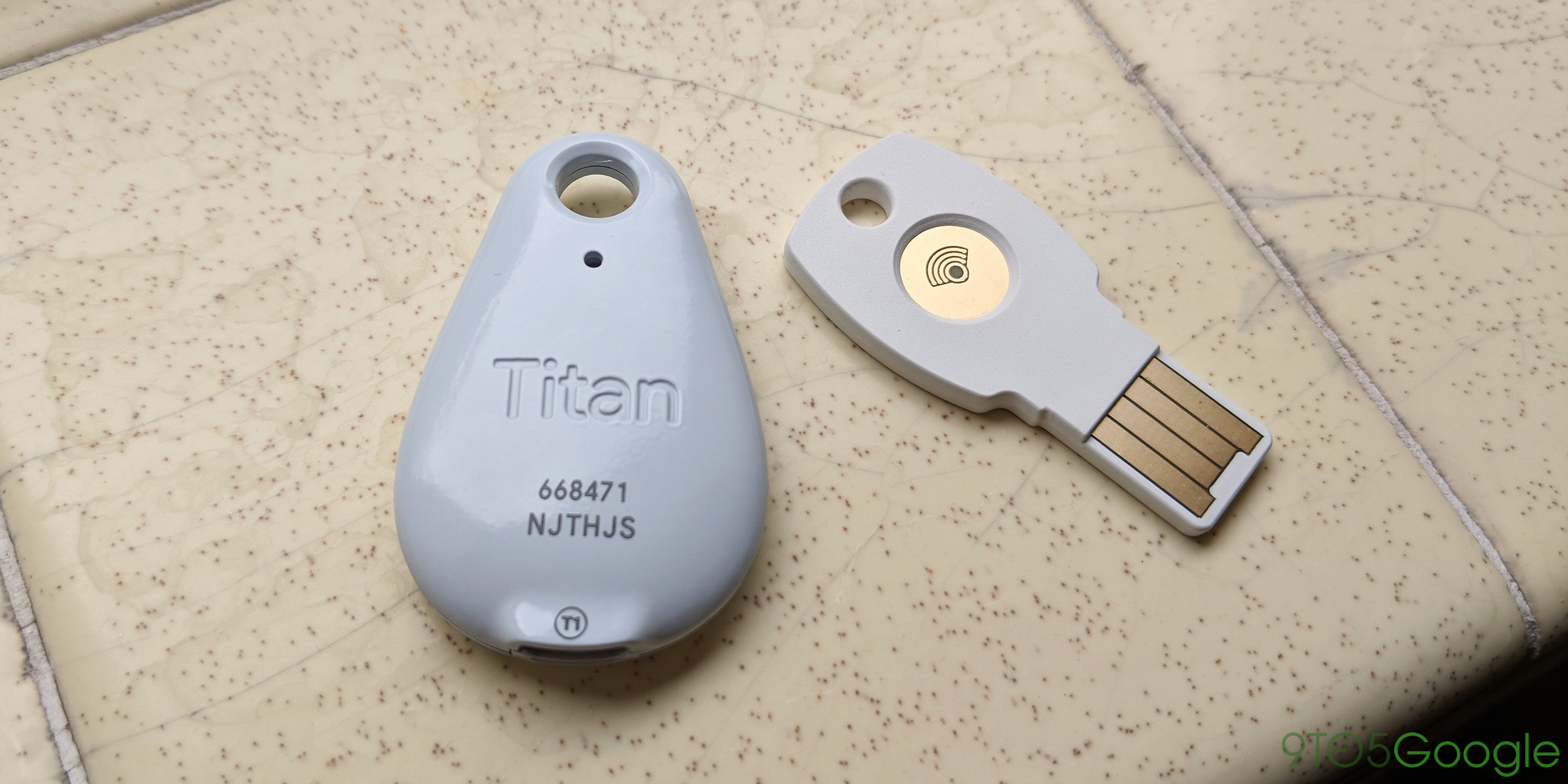

They're simple and reliable, and Google has discovered that deploying them internally completely wiped out phishing attacks and account takeovers.

That's why physical devices like the Titan keys are so attractive. Signing up to receive one-time passcodes via SMS is perhaps the most common way, but using Google Authenticator and services like Duo ($0.00 at Duo) (Opens in a new window) are popular alternatives that don't require receiving an SMS message.īut phones can be stolen and SIM-jacking is apparently a thing we need to worry about now. There are many other ways to get the protection afforded by 2FA. (Opens in a new window) Read Our Dashlane Review The Titan Security Keys and products like it are something you have. Biometric authentication-such as fingerprint scans, retina scans, heart signatures, and so on-count as something you are. In theory it should only exist in your head (or safely inside a password manager). Instead, 2FA combines two different authentication mechanisms (that is, factors) from a list of three possibilities:Ī password, for example, is something you know. Two-factor authentication (2FA) isn't just a second step after entering a password-although this is often how it plays out in practice.

The product is made up of two devices that, when used correctly, make it significantly harder for bad guys to break into your online accounts by requiring both a password and a physical key to log in to a website or service. Google aims to solve at least one of those problems with its Titan Security Key bundle. It turns out that people are actually very bad at creating and remembering passwords, and very good at inventing new ways to break into password-protected systems.

How to Convert YouTube Videos to MP3 Files.How to Save Money on Your Cell Phone Bill.How to Free Up Space on Your iPhone or iPad.How to Block Robotexts and Spam Messages.


 0 kommentar(er)
0 kommentar(er)
